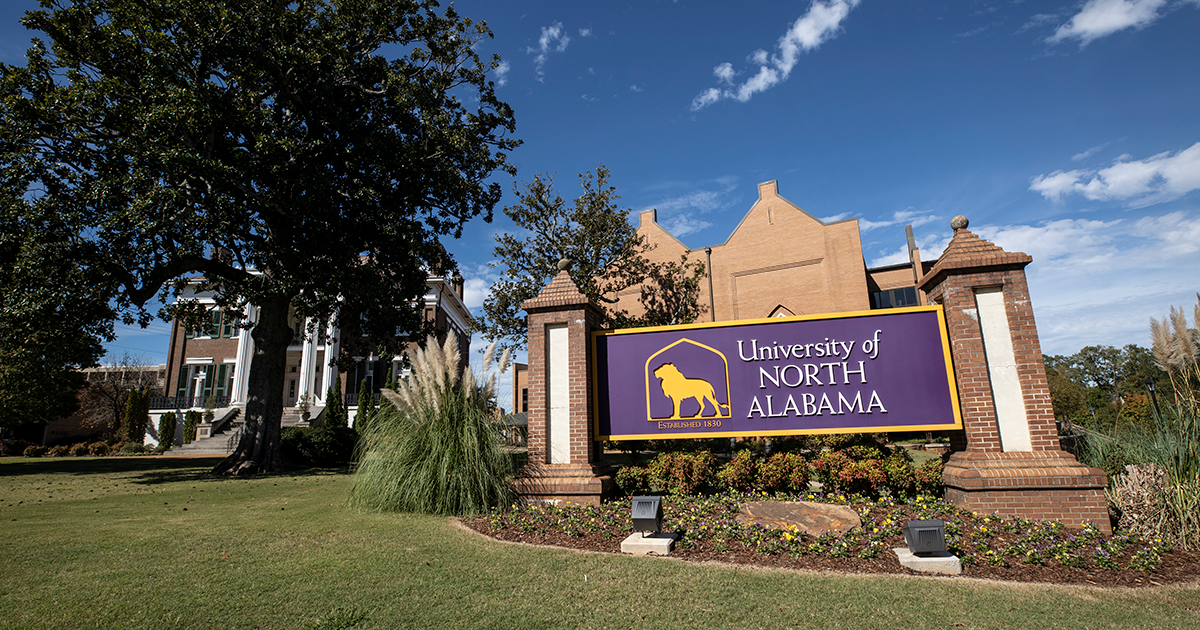
From The Brink Of Extinction: Harrison To Speak On His Rediscovery Of A Rare Bird
Mar. 30, 2010
Michelle Eubanks, šĢ―ĮÉįĮø, at media@una.edu, 256.765.4392 or 256.606.2033
FLORENCE, Ala. - For decades, many experts had believed the ivory-billed woodpecker to be extinct. That all changed in 2004, when Bobby Harrison and a colleague, Tim Gallagher, rediscovered the long-thought extinct bird in the Big Woods region of Arkansas. Harrison will speak about his rediscovery of the ivory-billed woodpecker at 4:15 p.m. Thursday at the šĢ―ĮÉįĮø's Floyd Science Building, room 100. The presentation is being hosted by the šĢ―ĮÉįĮø chapter of the Beta Beta Beta Honor Society. The ivory-billed woodpecker is the largest woodpecker in North America. It was listed as an endangered species March 11, 1967. Harrison, best known for his quest to find this possibly extinct bird, is an associate professor and director at the art program at Oakwood University in Huntsville. An award-winning photographer, he has had photographs and articles published in various magazines, including Audubon, Living Bird, Birder's World and Natural History. For more information on Harrison's presentation at šĢ―ĮÉįĮø, contact Dr. Don Roush, professor of biology, at 256-765-4435 or dhroush@una.edu.About The šĢ―ĮÉįĮø
The šĢ―ĮÉįĮø is an accredited, comprehensive regional state university offering undergraduate, graduate, and doctoral degree programs through the colleges of Arts, Sciences, and Engineering; the Sanders College of Business and Technology; Education and Human Sciences; and the Anderson College of Nursing and Health Professions. Occupying a 130-acre campus in a residential section of Florence, Alabama, šĢ―ĮÉįĮø is located within a four-city area that also includes Muscle Shoals, Sheffield, and Tuscumbia. šĢ―ĮÉįĮø Athletics, a renowned collegiate athletics program with seven (7) Division II National Championships, is now a proud member of NCAA Division I as part of the Atlantic Sun and United Athletic conferences. The šĢ―ĮÉįĮø is an equal opportunity institution and does not discriminate in the admission policy on the basis of race, color, sex, religion, disability, age, or national origin. For more: and .